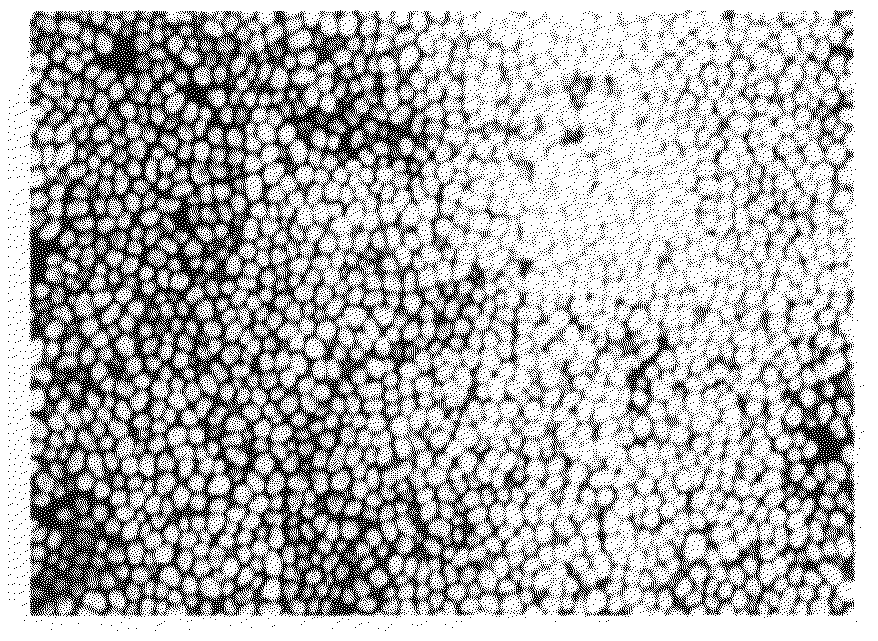Metal Nanoparticles functionalized with rationally designed coatings and uses thereof
a technology of metal nanoparticles and coatings, applied in the field of surface chemistry and self-assembly materials, can solve the problems of inability to realize reversibility, inability to separate the linkages between aggregated metal nanoparticles to yield initial constituent particles, and prior art deficient in utilizing surface chemistry and coatings to affect reversible aggregation, etc., to achieve increase the time in solution, increase the effect of solution
- Summary
- Abstract
- Description
- Claims
- Application Information
AI Technical Summary
Benefits of technology
Problems solved by technology
Method used
Image
Examples
example 1
Immobilization and Characterization of HSPEG on the Surface of AuNPs
[0038]This section describes the functionalization of nanoparticle surfaces with a series of (PEG)-modified free radical initiators, generated with various chain lengths of PEG moieties on one end of the initiator. The bulky PEG group stabilizes gold nanoparticles by providing steric hindrance against aggregation of the gold nanoparticles. Using analysis by UV-vis spectroscopy, the stability of the resulting initiator-functionalized gold nanoparticles in solution was explored as a function of gold nanoparticle size (20, 40, and 90 nm in diameter) as well as the PEG chain length (Mn 350, 750, and 2000). The chemisorption and the conformational order of the initiator on the surface of gold nanoparticles were further characterized by X-ray photoelectron spectroscopy (XPS) and Fourier transform infrared (FTIR) spectroscopy, respectively. This approach illustrates the first step toward developing stable, free radical ini...
example 2
Reversible Aggregation / Deaggregation of the Initiator-Functionalized AuNPs
[0056]As described in the preceding section, the initiator modified with PEG750 was able to stabilize the various sizes of the gold nanoparticles in water. More interestingly, it was possible to isolate the AuNPs-HSPEG750 conjugates in solvent-free form and re-dissolved them in aqueous solutions (pH 4, 7, and 10) or non-aqueous polar solvents such as EtOH, MeOH, THF, or CH2Cl2, without any change. However, the reversible aggregation / deaggregation behavior was not observed with the nonpolar solvent hexane, in the only example investigated.
[0057]FIGS. 5A-5D provide evidence of this phenomenon, showing (FIG. 5A) 20, 40, and 90 nm AuNPs-HSPEG750 conjugates dispersed in aqueous solution and (FIG. 5B) 20, 40, and 90 nm gold nanoparticles conjugates isolated in solvent-free form. Once the solvents were evaporated, the particles begin to aggregate, revealing the bulk metal color of gold, FIG. 5B. Moreover the isolatin...
example 3
Immobilization of the HSPEG750 on the Surface of the AuNPs and Analysis by XPS
[0061]Citrate-capped gold nanoparticles as well as planar surfaces can be effectively grafted with a thiol end-capped monomer or polymer by simple contact of the gold surface with the solutions of the organic molecules because the covalent bond that forms between Au and S is stronger than the interaction between Au and citrate. The nature of the Au—S bonding in the composites can be evaluated by examining the binding energies of sulfur by X-ray photoelectron spectroscopy since the new bond (Au—S) influences the distribution of electrons in the atoms of interest. In particular, the S2p region of the XPS spectra can provide strong evidence for bond formation between the sulfur and the gold substrate, although spin-orbital coupling can inhibit an accurate analysis by producing a doublet with a split of 1.2 eV, either for bound or for free thiol sulfur; the binding energy of the S2p3 / 2 peak for S bound to gold...
PUM
| Property | Measurement | Unit |
|---|---|---|
| radius | aaaaa | aaaaa |
| radius | aaaaa | aaaaa |
| diameters | aaaaa | aaaaa |
Abstract
Description
Claims
Application Information
 Login to View More
Login to View More - R&D
- Intellectual Property
- Life Sciences
- Materials
- Tech Scout
- Unparalleled Data Quality
- Higher Quality Content
- 60% Fewer Hallucinations
Browse by: Latest US Patents, China's latest patents, Technical Efficacy Thesaurus, Application Domain, Technology Topic, Popular Technical Reports.
© 2025 PatSnap. All rights reserved.Legal|Privacy policy|Modern Slavery Act Transparency Statement|Sitemap|About US| Contact US: help@patsnap.com



